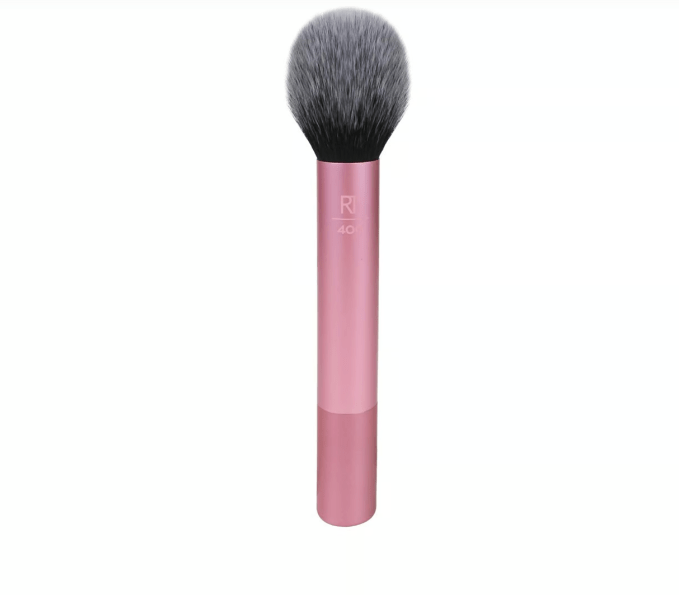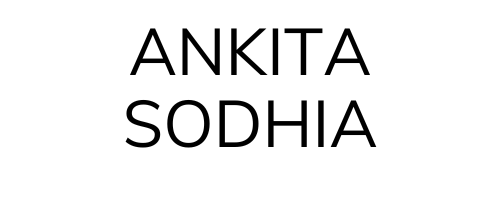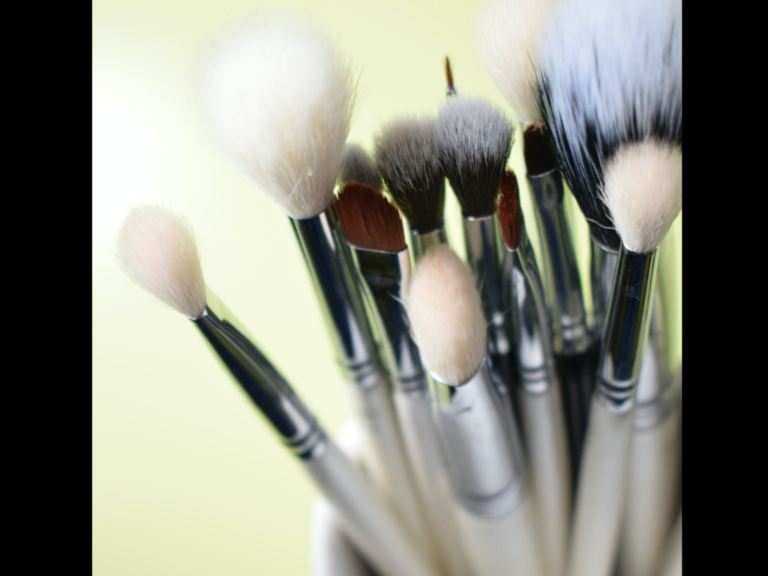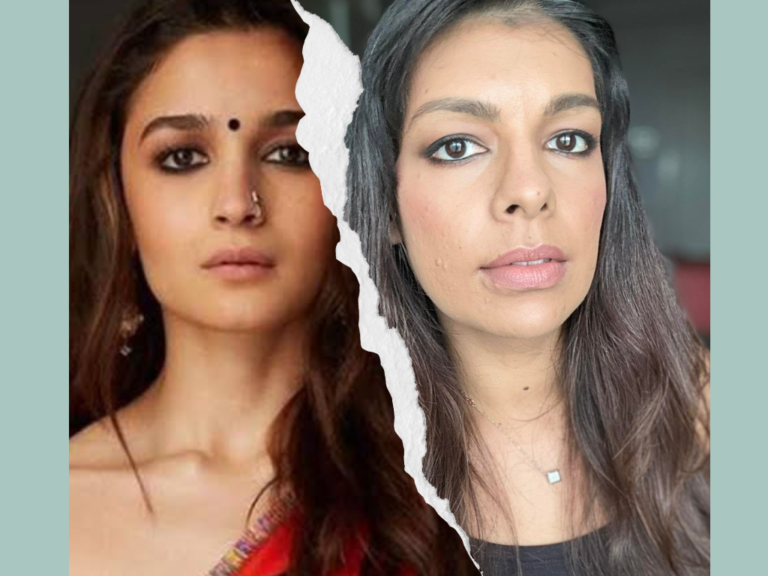What’s The Difference Between Bronzing and Contouring And Do You Really Need Two Different Products?
What’s the difference between bronzing and contouring? All your questions answered in this beginner’s guide.
Table of Contents
What’s the difference between bronzing and contouring?
Bronzing adds warmth (i.e. colour) to the face
Bronzing is the process of adding warmth to your complexion. Think about this: once you apply foundation, concealer and powder to set your face, your face looks quite flat and one-toned. To get rid of the ‘flat face effect’ (as I like to call it) you have to use bronzer on your cheeks to return some warmth and colour to your complexion, so it looks more natural. ‘
Typically bronzing powders tend to have warm undertones — leaning slightly orange. With a fluffy brush (the same kind used for blush) take bronzer and start in the centre of the cheek and sweep upwards in gentle circular motions on the cheek bone following the natural shape towards your ear. Don’t apply too much product as too much can look muddy on the skin. Take a little and don’t worry about being too precise with the application because bronzer is supposed to look quite diffused and natural.
Contouring creates shape and dimension to the face
Contouring is the process of enhancing natural shadows on specific parts of your face to create dimension. If you look at yourself in the mirror in natural daylight, then you’ll notice certain parts of your face have shadows such as under the cheekbone, under the jawline, on the sides of your temples, and on the sides of the nose.
Knowing that contouring is the art of recreating natural shadows around the face, contour powders are usually have cool or neutral undertones. The easiest way to tell the difference between a contour and bronzer powder is that contour powder shades tend to lean more greyish brown in the pan while bronzer powder shades are warm chocolatey browns.
What kind of brush to use for bronzing and contouring?
Blush brushes are round, soft and fluffy to achieve a more diffused look across the cheeks.
Contour brushes are angled and stiffer for more precise application of contour powder to create natural-looking shadows under the cheekbone and jawline, and around the temples.


Now the million dollar question: do you need a separate bronzer and a contour powder in your collection?
The simple answer: no. For every day makeup, you can find a neutral-toned bronzer and combine bronzer and contour — bronztour — in one step. My favourite product for doing this is the Benefit Cosmetics Hoola Matte Bronzer.



